After the previous day's trek around the Ring of Kerry, Ross Castle, and Dunloe Gap, we had another full day of sight-seeing in Ireland. Today would take us to the villages of Kinsale, Cobh, a trip to Blarney Castle (which I will be covering in a different post) and the city of Cork. We woke bright and early to visit Kinsale first and get a bite to eat for breakfast. On the way toward Cork, we passed signs for a "Toy Soldier" factory, but it was too early to be opened; this is a note for a future visit if I ever get back to Killarney.
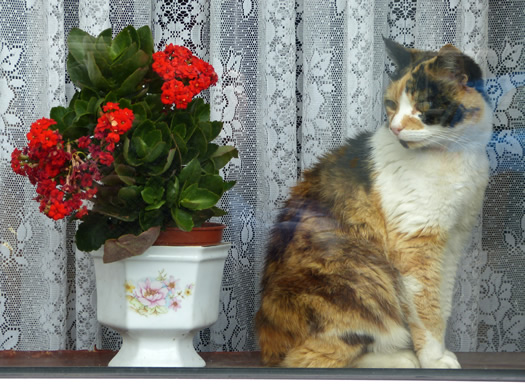
Kinsale is a colourful village on the harbour front, and many of the buildings were brightly-coloured. We parked on the harbour, which was quiet, and had a quick wander around the streets in the middle of the town. I've posted these photographs of various streets and buildings below. I really liked the vintage Guinness sign on the side of the building.

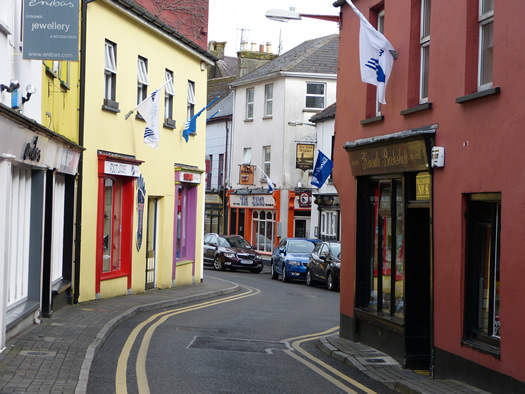
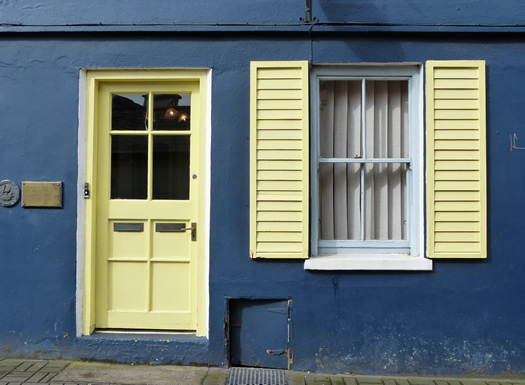
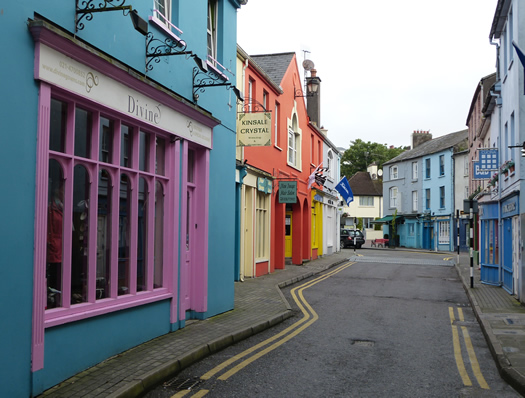
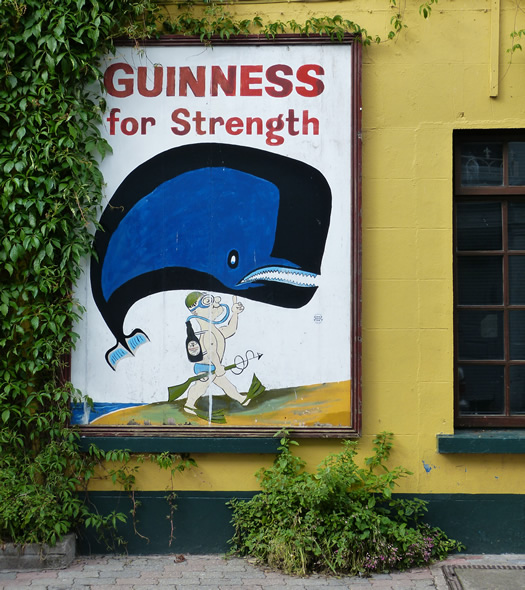
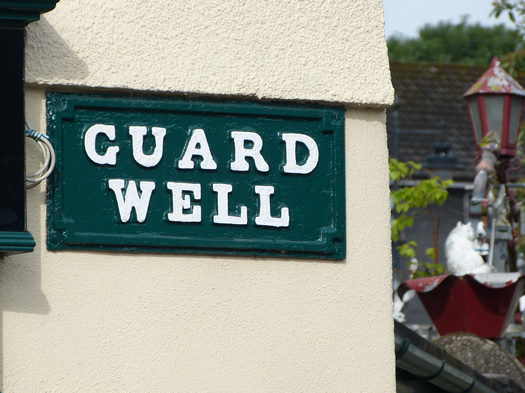
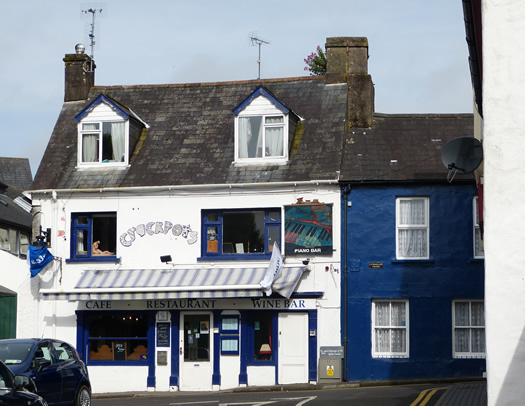
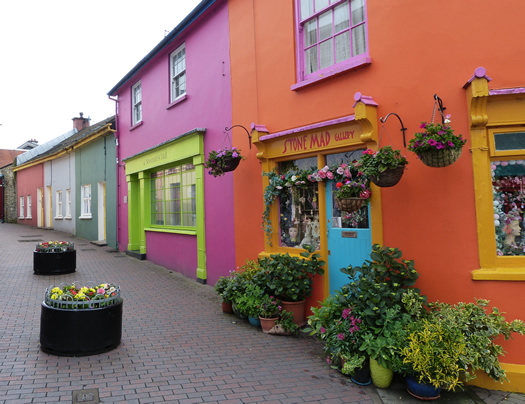
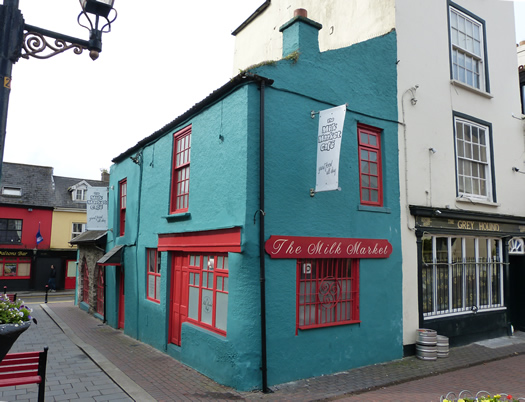
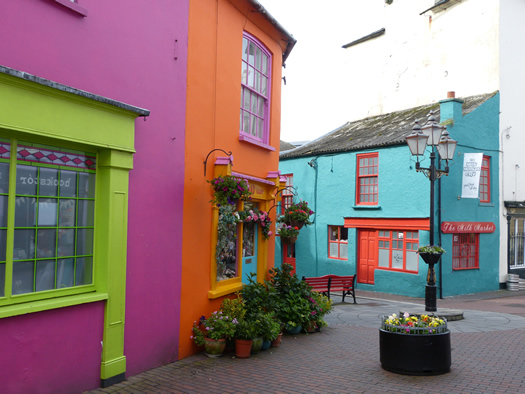
As it was very early when we arrived, not many of the shops were open. However, we found a nice little cafe in order to have our breakfast. Mother Hubbards is on one of the most picturesque streets in the village of Kinsale, and it was popular with locals.
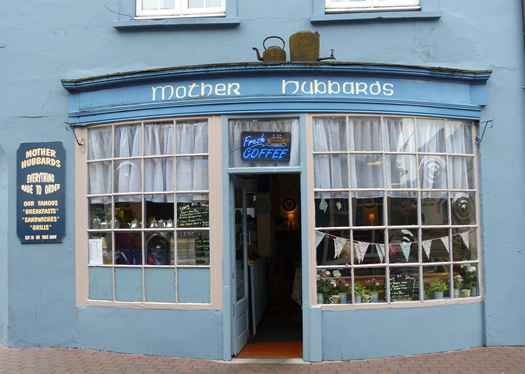
The interior had antique furniture, plates, and other furnishings and decorations decorated all along the back walls. The cafe area was an open kitchen at the front. This was a small building with only a few seats available.
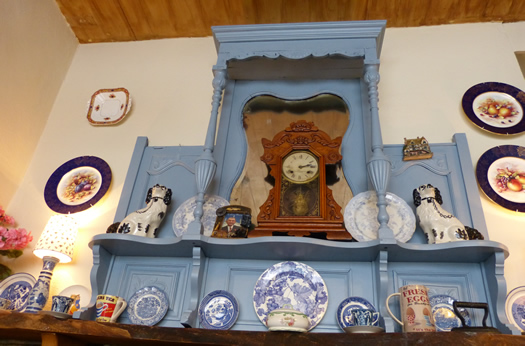
I had the American pancakes with tea. I believe that my partner had a bacon sandwich, but I honestly cannot remember what my parents had to eat here. Service was friendly, and it was a quick stop. Once we were satisfied, we left.
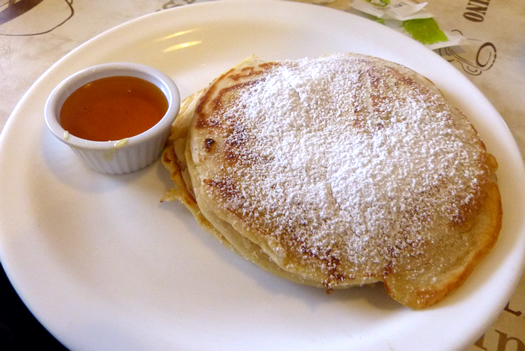
We went back to the harbour and got into the car to go off to the next place - Cobh. I loved the purple petunias along the harbour.
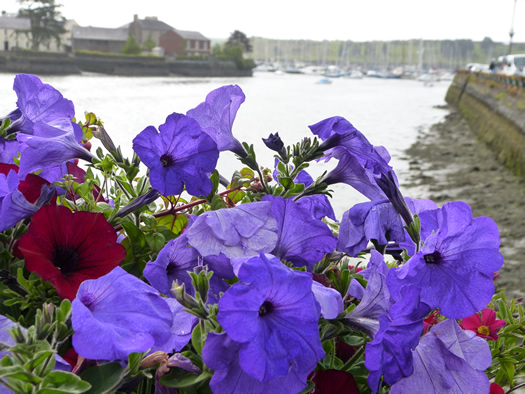
On the drive, we came across this traditional Irish tower house.
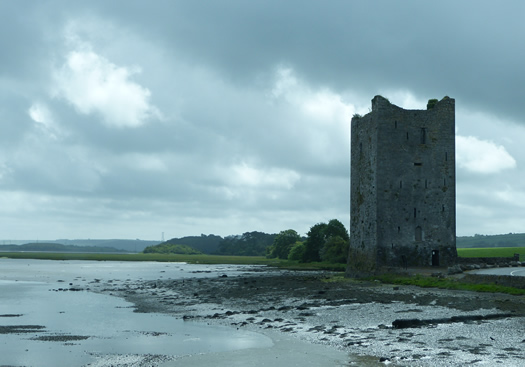
We arrived in Cobh, and we parked next to the cathedral. Cobh is a slightly larger town than Kinsale. It used to be known as Queenstown for Queen Victoria, but it since had its name changed. This is a fashionable Victorian town with a promenade and beautiful gardens along the seaside. You may have also heard of the town because of the part it played in Titanic.
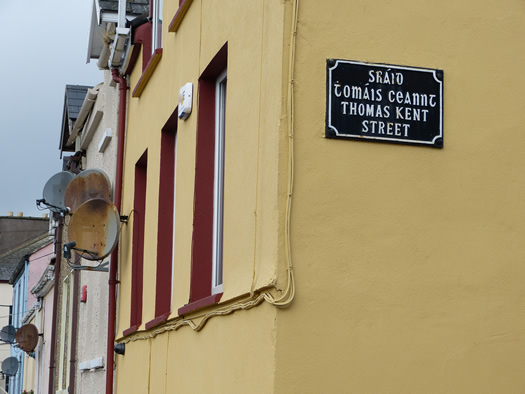
The cathedral in Cobh is one of the focal points. It's actually on the top of the hill, so it's easy to see from almost any place you stand to get a view of the city. The cathedral is known as St. Colman's Cathedral. It's a gothic-style cathedral built in the mid-1800s. It was finished in 1916, and it was funded by the people of Cobh and donations from America and Australia, no doubt from people who claim ancestory here.
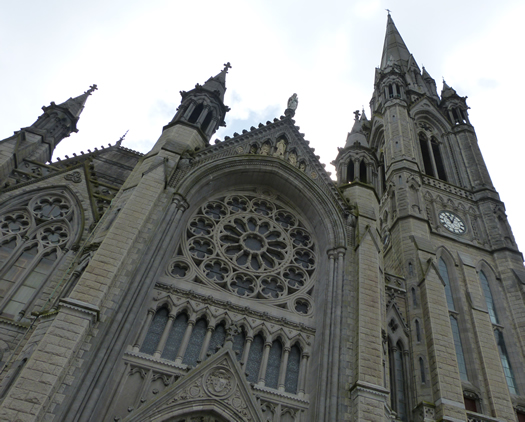
We decided to visit the cathedral as we were parked next to it.
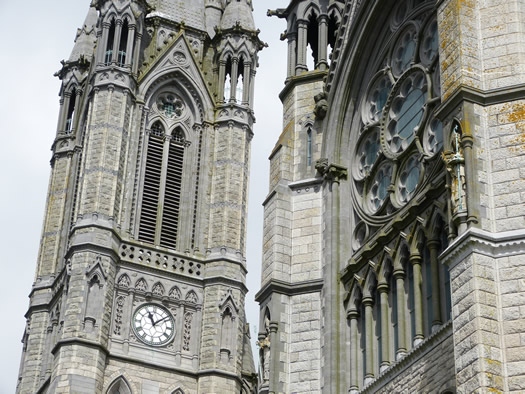
The interior is similar to other cathedrals seen in Ireland. From a distance, it's not quite as pretty inside as other cathedrals that I visited in Ireland. The rose window is beautiful, and that was worth a photograph.
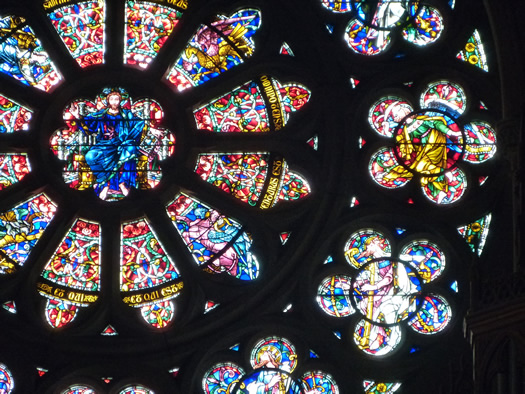
There were also some pretty details and little shrines, and these were highly decorated and very beautiful and kept maintained with flowers. Actually, I am not sure if the flowers are fresh or if they are just plastic ones.
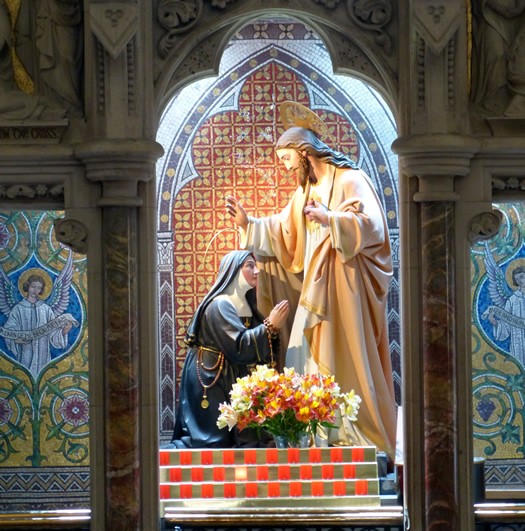

After the cathedral visit, we went outside. The views from the area just outside the cathedral are beautiful; there's a walkway down into the main part of town from the cathedral. That's where we went next.
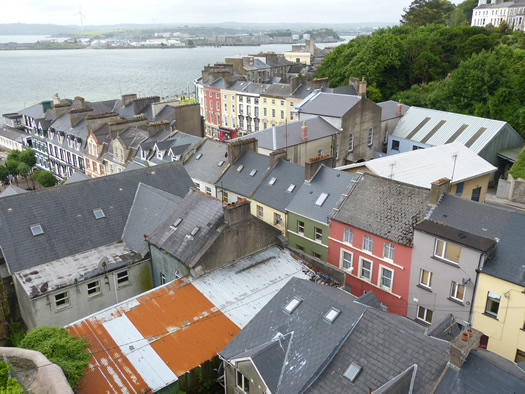
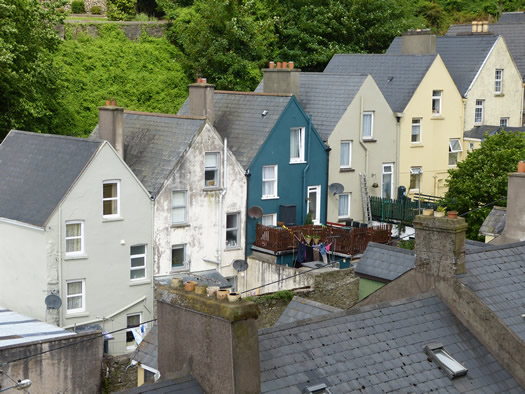
As mentioned, Cobh was an important town for Titanic. Titanic made its third and final stop in Cobh (or Queenstown, as it was formerly known) before it sailed to America. There's a museum dedicated to Titanic on the waterfront. The museum is actually in the place that the Titanic docked (at the White Star Line Office as it was known then) and the people boarded to start their journey. The office had actually been recently refurnished for this stop. As expected, there were quite a few items around the town dedicated with the Titanic. Across the street from this museum is a Titanic Memorial, which was erected in 1998.
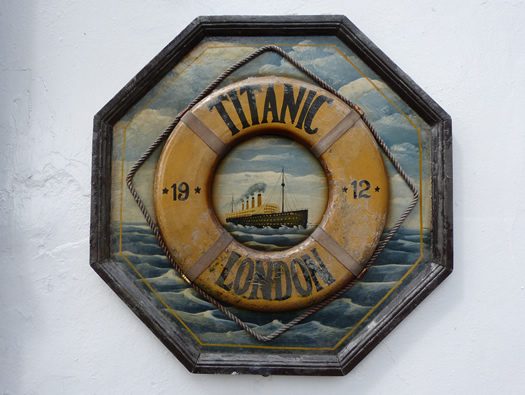
Titanic picked up 123 people in Cobh, but only 44 of these people lived through the experience.
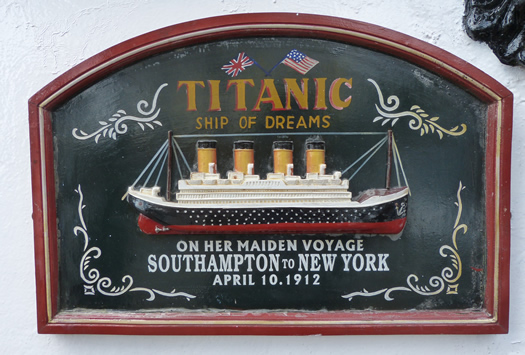
Across the road from the museum (former White Star Line Office) is a pub/hotel called the Rob Roy Hotel. The building contains Titanic-related items and information about "American Wakes". A "wake" is a gathering after someone has died, and it's a time for people to remember the deceased as well as celebrate life. In the 1800s and early 1900s, the term "American wake" was used for the many parties had for people leaving their family and friends in Ireland to start new lives in America. The hotel/pub had hosted many of these over the years, including ones on the night that the 123 people left on the Titanic.
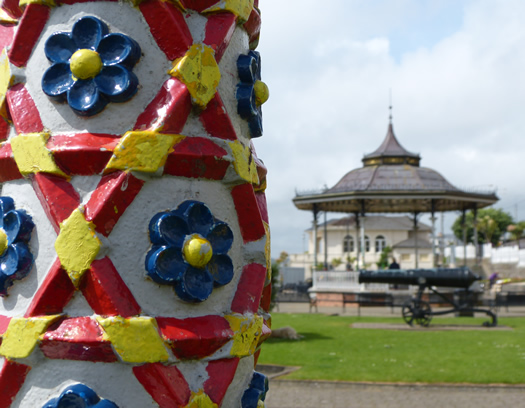
I did not go inside the museum as we did not have a lot of time, and we also felt that as we had been to the big Titanic museum in Belfast, that nothing could top it. However, we did walk into the Victorian gardens along the sea front next to the building and admired the Victorian promendade of buildings along it. The gardens are known as John F. Kennedy Park, and they were updated in 1999. The Irish love Kennedy, and there's a lot of dedications to him in Ireland.
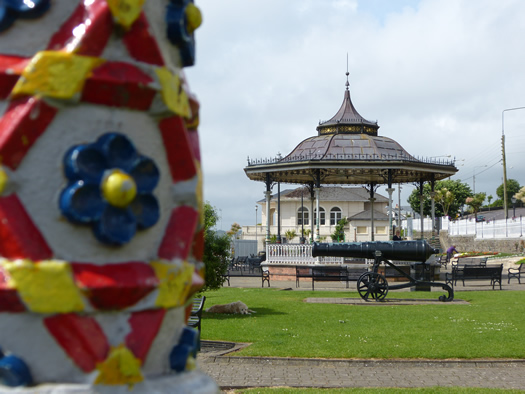
The cannon above was captured from the Russians during the Crimean War. We got to see some views of St. Colman's Cathedral, and we did sit down for a few moments.
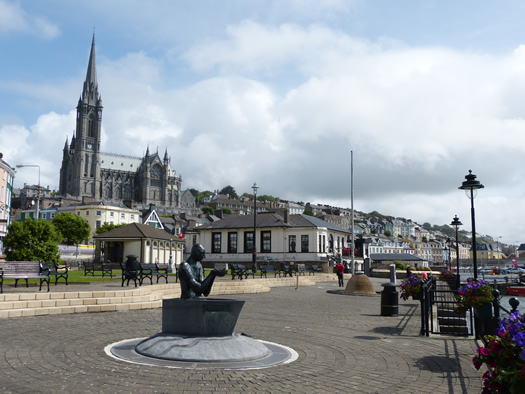
We watched this warship sail out to the sea in front of us.
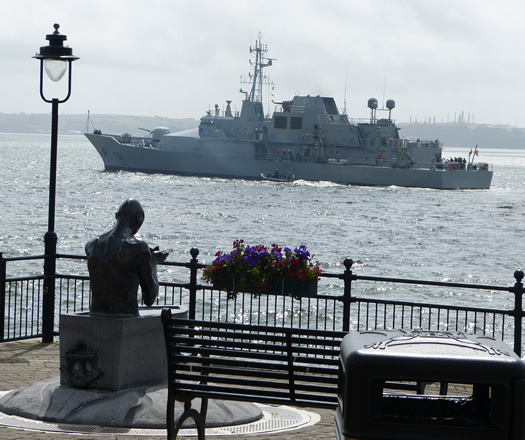
Across from the gardens is a beautiful sculpture of an angel. This is the memorial to the S.S. Lusitania. It was a civilian ship that was sunk by a German submarine during the first World War. The sinking of the boat turned America against Germany and contributed to America entering the war.
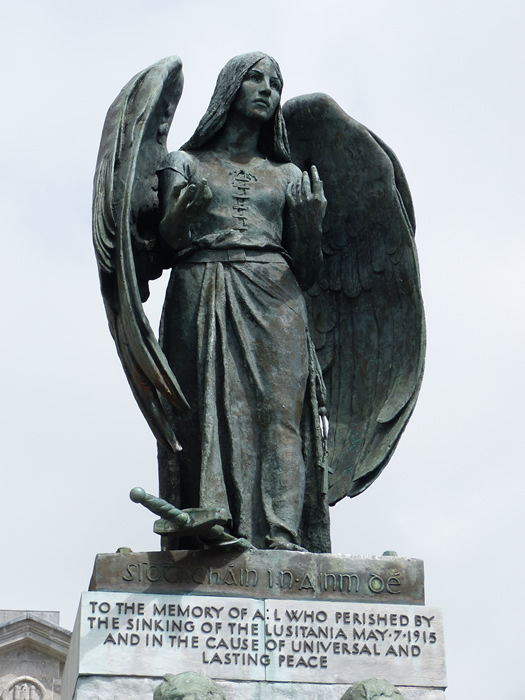
The ship sunk off the coast of Cobh and Kinsale, and many of the bodies washed up on the shore here. They were buried in the old church's cemetary.
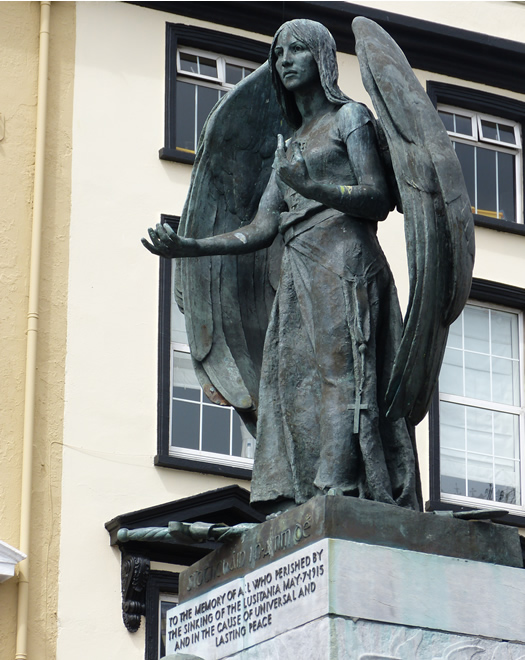
After we were finished looking around, we walked back up the hill to get to the car. We actually saw many cats in Cobh as we headed back to the car. This cat in the photograph below was eating outside, and the cat indoors in the following image really wanted to get out and meet this other cat that was just outside the window. I love cats and wish I could have one!
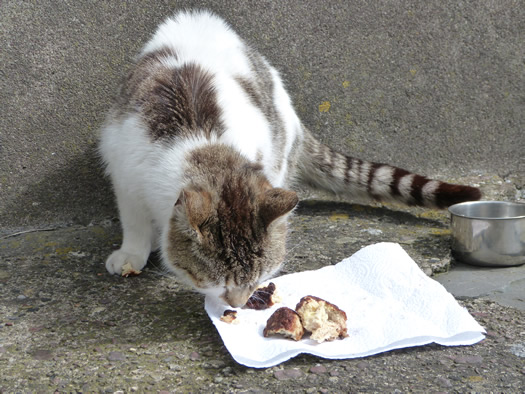
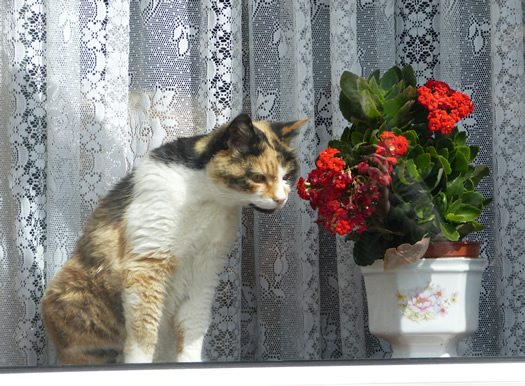
The cats below seemed to be on a mission.
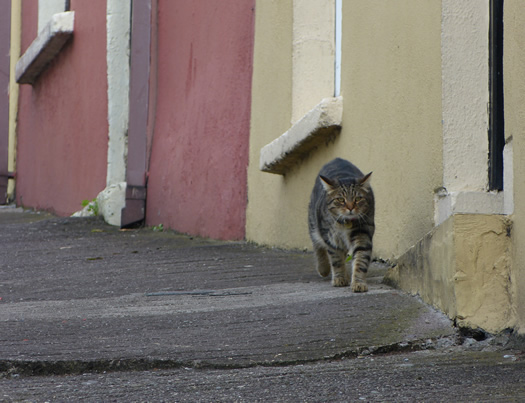

After our visit to Cobh, we headed to Cork to have a quick look around the city. This is the largest city in the area but it's actually not too big of a city and appears quite industrial on the outskirts. Our first stop was to the English Market in the middle of the city. It was called the English Market because there was another market nearby called Irish Market. The Queen of England visited the market in 2011. The market was refurbished in the 1980s and suffered from a fire but was repaired.
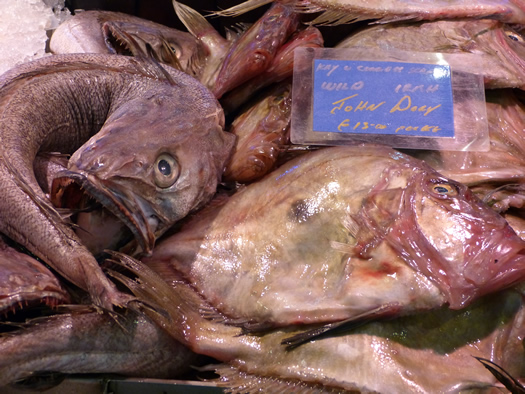
Fish, fruit and vegetables, meat, baked goods, olives, and spices could be bought in the market.
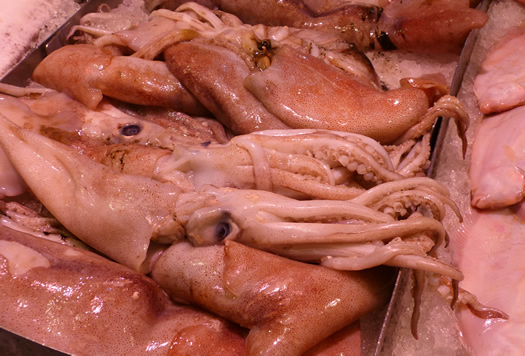
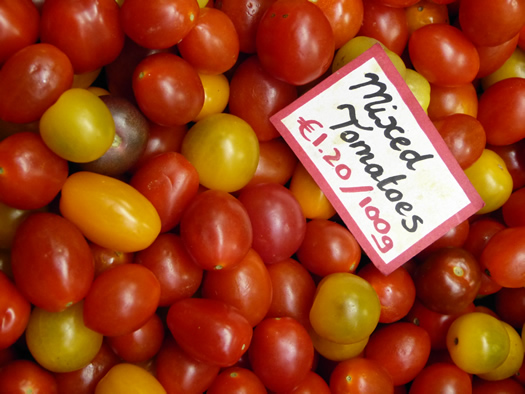
I loved the spice stall with the beautiful spices and herbs; rose buds and cornflower petals could be bought.
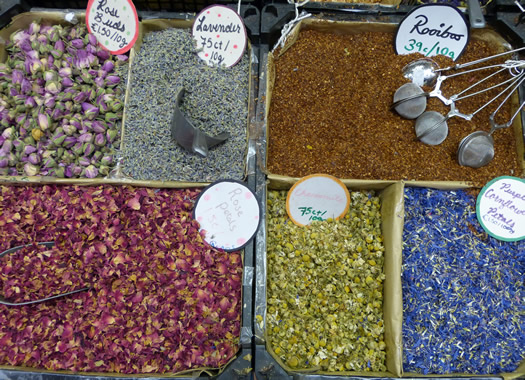

Marzipan fruits could also be bought.
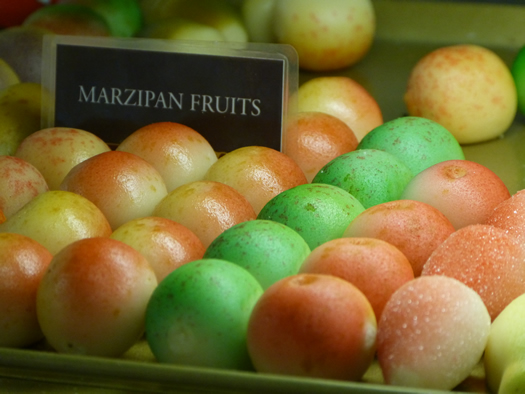
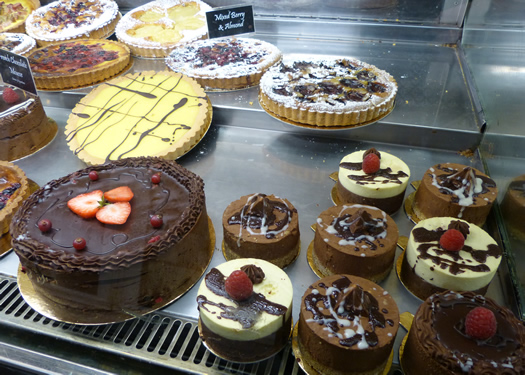

I also noticed a few local delicacies - Irish black/white pudding is a blood pudding. This is typically had at breakfast.
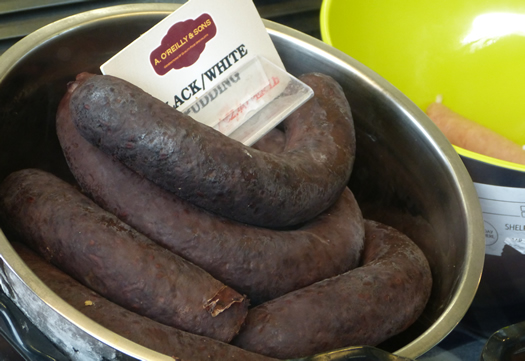
Lamb and sheep tongues were also on offer, along with other parts of meat.
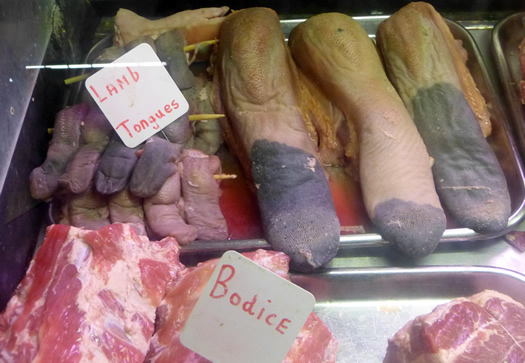
The interior of the market has high wooden vaulted ceilings, and there's a fountain as the centrepiece in the main hall.
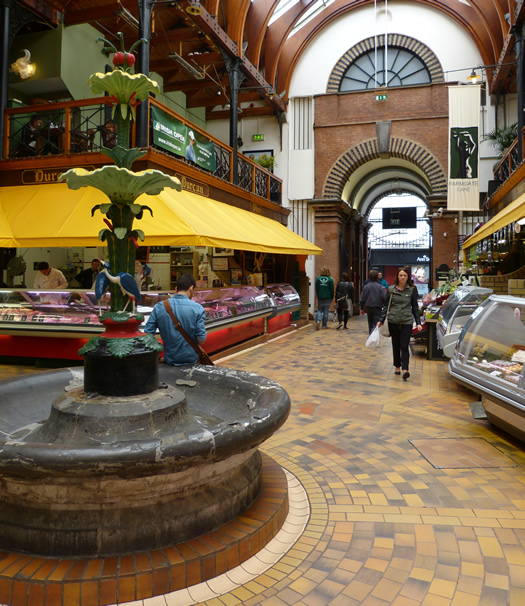
After we had finished looking around the market, we walked down the main street and popped in a few shops and went to have a quick lunch.
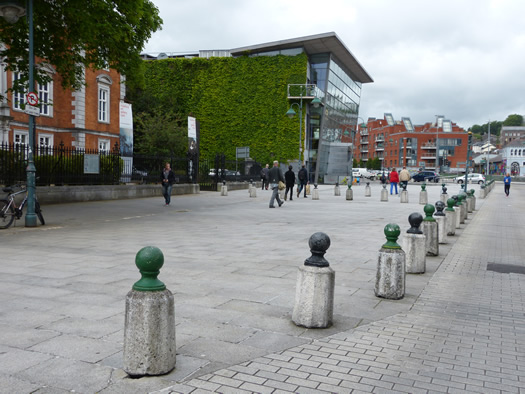

Before heading back to the car, I walked around the pub area of Cork and got some photographs.

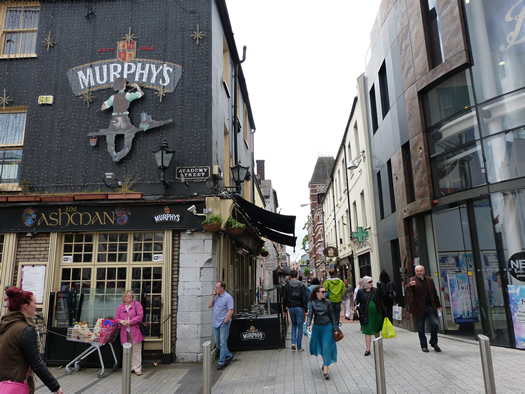

After our brief visit, we headed out of Cork. Our next destination was to Blarney Castle, where we would spend the rest of the afternoon. Keep checking back for my post on Blarney Castle, which is probably one of Ireland's most-visited attractions.
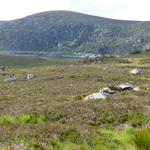
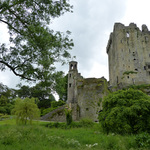
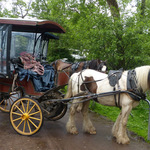
Leave a comment